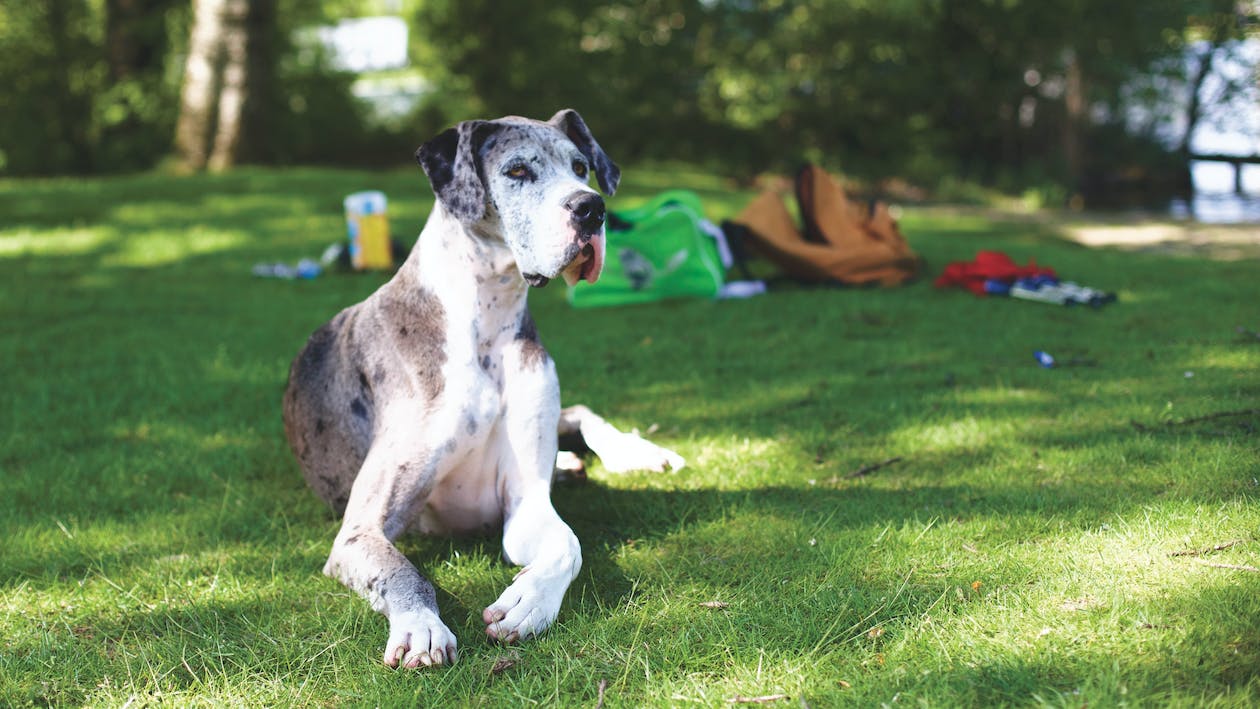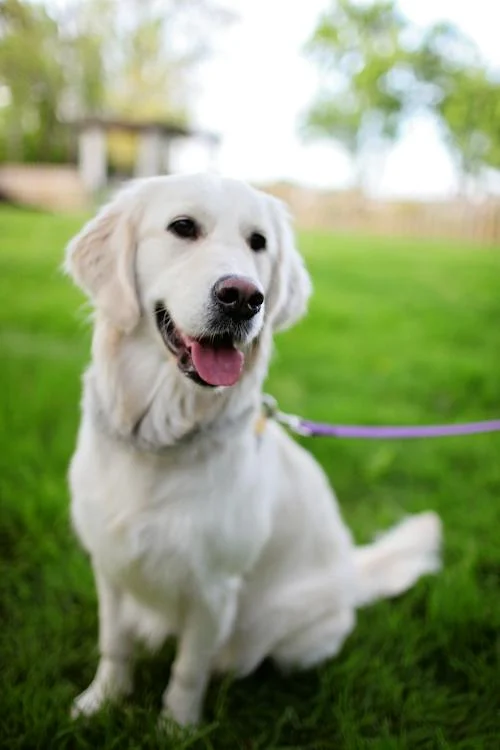Once home to the fearsome Inquisition and Spanish Armada, Spain is now better known as a leading Western European travel destination. Tourists come to Spain year-round to enjoy the wonderful culture, with hotspots like Ibiza and Barcelona.
However, Spain isn’t all about delicious tapas and rooftop parties. The country has several dog breeds that are unique to the region. You can trace many of them over 5,000 years to dog breeds in Ancient Egypt. Many of them are breeds you haven’t heard of!
Hispanic dog breeds have been bred for various purposes, including companionship, herding, and even dog fighting (fortunately, the last one is already illegal). Some breeds will appear familiar, as they share ancestors with other breeds worldwide, while others will appear truly unique.
Listed below are various dog breeds that originated in Spain.
Presa Canario
Despite its name, this dog bears no relation to the cute and petite canary bird. Instead, the name derives from its birthplace, the Canary Islands. Specifically, they emerge from the Grand Canaria and Tenerife Islands.
In the past, the Presa Canario, or Canary Mastiff, was bred for both herding and guarding cattle. They were created due to breeding programs on the Canary Islands that crossbred multiple Mastiff breeds with local cattle dogs.
The result was a large, intimidating dog that assisted locals in managing and protecting their livestock. Aside from their large size, one of their distinguishing characteristics is that they also have a lot of skin! Their loose skin frequently collects in wrinkles, granting them a lazy, floppy appearance.
Catalan Sheepdog
This is an old dog breed used in the northeast of Spain to protect and herd livestock. They are uncommon outside of their native country but are more common in European nations than in the United States. Their unique long coat kept them warm when working in the mountainous and usually chilly Pyrenean mountains.
The Catalan sheepdog is a driven, intelligent, and hardworking breed. They’ll be better suited to an active family who enjoys spending time outside. They’re intelligent and easy to train, but they need mental and physical stimulation to avoid behavioral issues.
The breed is fiercely protective and devoted. However, their penchant to herd and chase must be controlled.
Podenco
There are several podenco breeds in Spain, which translate as “hound.” The sleep shape and large, pointed, erect ears of these sighthound breeds distinguish them. They are available in various sizes.
The Ibizan hound is regarded as a podenco. These sighthounds were frequently used for rabbit hunting throughout Spain’s various regions. Unfortunately, traditional hunter owners frequently mistreat podencos, treating them as tools rather than caring for them as highly prized creatures.
The plight of podencos has drawn international attention, and many are being rescued and adopted. Podencos can make wonderful family pets. They are playful and affectionate, and they enjoy being active. They can be stubborn and require extra patience in training, especially with recall, because they have a strong prey drive.
Spanish Galgo
What you might first notice is the graceful and slender Greyhound body. It’s no surprise, given that they’re known as the “Spanish Greyhound.” However, its origins are a little more complicated.
They are descended from Asian hounds introduced to Spain by the Moors. The first crossbreeding started with local hunting dogs. As an outcome, the final product was among Spain’s best hare-hunting dogs.
Eventually, the breed was refined to perfection through careful breeding with Greyhound bloodlines, yielding a dog fit for kings. Because of their hunting abilities, the Spanish Greyhound was a beloved companion of Spanish Kings.
Pyrenean Mastiff
Another magnificent mastiff dog breed, the Pyrenean Mastiff, is a formidable beast deserving of the mastiff title. While the origins of these Spanish dogs are unknown, it is widely assumed that they are descended from Assyrian molossers.
Because they were isolated in the Pyrenees Mountains, they could develop independently of their close cousins, the Spanish Mastiff and Great Pyrenees. Even though the breeds have similar characteristics, this mastiff can weigh up to 240 pounds!
These hulking canines aren’t just for show. They were bred to guard and protect sheep flocks from the most vicious predators. They still have the instincts to guard and fight if there is danger – or if their pack is required.
Spanish Water Dog
The Spanish water dog is distinguished by its unique curly, woolly coat, which, when long, can form into cords. The breed was created as a hardworking all-purpose farm dog capable of herding, guarding, and catching vermin. People used them for fishing boats and waterfowl retrieval because they had a waterproof coat, webbed feet, and strong swimming skills.
This Spanish dog is alert, active, and intelligent, and it excels at competitive dog sports. They can be stubborn and independent, and without proper socialization, they can be territorial and wary of strangers.
Ibizan Hound
This sleek breed has a feline, or perhaps even deer-like, appearance. Its erect triangular ears, long legs, and narrow snout all give it the appearance of being extremely alert. That isn’t to say they aren’t good family dogs.
The Ibizan Hound is an actual hound with endurance and lightning-fast speed. Given that they were originally meant to hunt rabbits and other tiny animals, they can reach nearly 40 mph!
You can trace this Hispanic breed’s ancestors back further than most people can. That is, around 5000 years ago, to Ancient Egypt. However, likely, they did not arrive in Spain until the 8th century AD, when they arrived on the Ibizan Island.
Spanish Mastiff
Spanish Mastiffs are easily identified by their floppy ears and skin and their kind yet inquisitive eyes. They not only have the typical mastiff breed appearance, but they also have courageous and confident temperaments.
They are massive, and rightly so, as they were bred to guard livestock against larger predators like wolves. However, they were more popular during the Middle Ages, when such dangers posed a greater threat to a shepherd’s source of income.
Nowadays, Spanish Mastiffs are as likely to fortify a couch as they are a flock of sheep. They’re not as fearsome or aggressive as other mastiffs, making them the ideal big dog for the home.
Spanish Pointer
The Burgos pointer, also known as the Spanish pointer or Burgalese, is a breed that originated in the Castile region, specifically in the province of Burgos. It is presumed to be a descendant of the Spanish scenthound and old Spanish pointer and dates back to the 16th century. This hardy breed was traditionally used for deer hunting, but it is now used for small game hunting such as quail, hare, and partridge.
These Spanish breeds are always popular but in a measured way. This is beneficial to them. There is less of a chance that they will be bred carelessly and recklessly with less demand.


